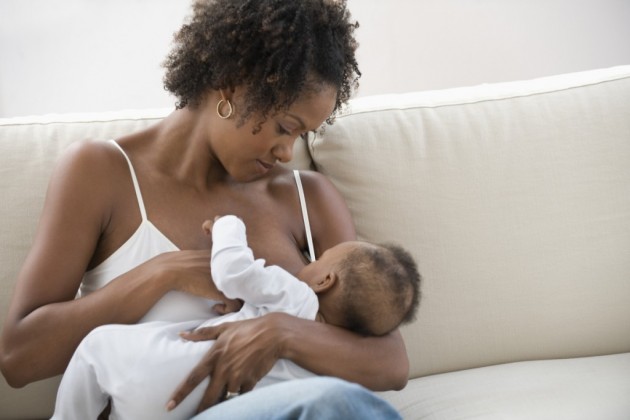Looking around the campus, you can see students decked out in styles from A Bathing Ape, LRG, Lacoste, Citizens of Humanity, French Connection and Bebe, just to name a few.
Popular premium denim brands such as Joe’s Jeans, Seven for All Mankind, Salt, and Rock & Republic run about $145 at the very cheapest, but can cost as much as $325. A new biology book can cost less than a pair of jeans.
"I can recall once just throwing on a big T-shirt and jeans and going to class. Everyone kept asking me if I was sick," Jackson said.
Jackson wears Diesel jeans, Christian Dior sunglasses, Lacoste polo’s, and Coach shoes. She makes sure that she has a job each semester so that she can keep up with all the hottest trends on campus. She has held jobs at Express, Arden B., and is currently employed at Lacoste in Georgetown, Washington, DC. She works anywhere from 12 to 30 hours per week to cover her fashion habit and other expenses.
Morgan said that dressing to impress is more of an exception than the rule. "Yeah, we like to dress up at times, but the main clothing attire is jeans, some kind of top, and ALWAYS have a pair of flip flops."
"Only certain students go out of their way to be fashionable, especially the fashion and design majors, who dress to impress," Miller continued.




